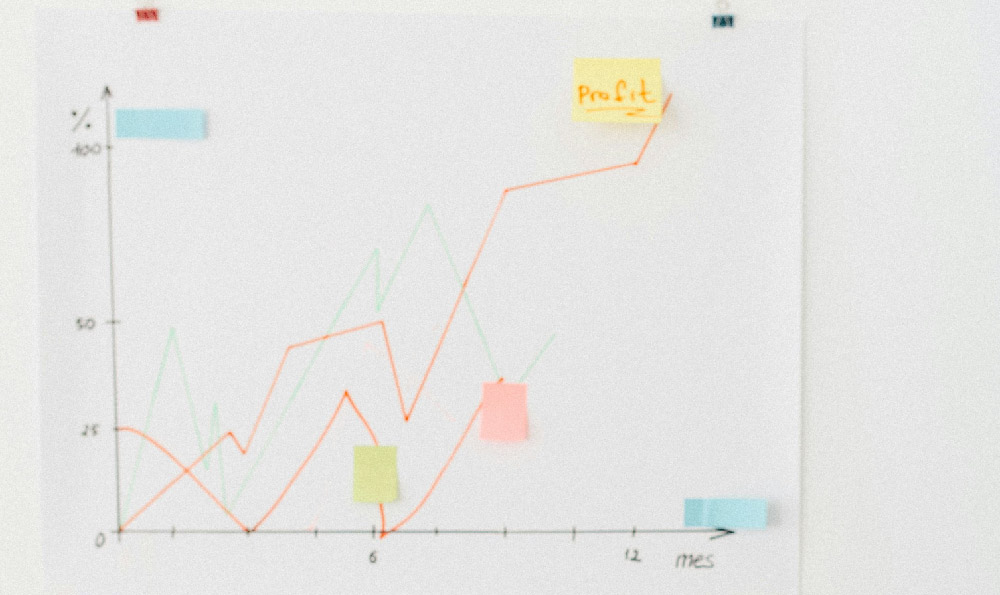How Long to Monetize YouTube: Timeline & Strategies?
Ah, YouTube monetization. A topic that sparks both excitement and, let's be honest, a little bit of anxiety in aspiring creators. There's no one-size-fits-all answer to the question of "how long," as it's influenced by a complex interplay of factors. However, we can definitely dissect the timeline and arm you with effective strategies to accelerate your path to monetization.
First, let's address the foundational requirements. YouTube's Partner Program (YPP) sets the initial hurdles: you need at least 1,000 subscribers and 4,000 valid watch hours in the past 12 months. These aren't arbitrary numbers; they represent a threshold indicating that your channel has a degree of audience engagement and content quality worthy of monetization. Achieving these milestones can take anywhere from a few weeks to several years, or even longer, depending on your niche, content strategy, and consistency. Some channels explode in popularity almost overnight due to a viral video, while others experience a slower, more organic growth trajectory.
Consider the niche you're operating in. Highly competitive niches, such as gaming or mainstream beauty, often demand a more strategic and persistent approach. Standing out from the crowd requires exceptional content, compelling presentation, and a deep understanding of your target audience. Conversely, a more niche or specialized area, while potentially having a smaller overall audience, might allow you to gain traction more quickly as there's less competition. Think about a hyper-specific skill or hobby that you can uniquely address.

Content quality is paramount. It's not enough to simply churn out videos; you need to create content that is engaging, informative, entertaining, or ideally, a combination of all three. Focus on providing value to your viewers. Solve a problem, teach a skill, tell a captivating story, or offer a unique perspective. Pay attention to production quality as well – clear audio, sharp visuals, and professional editing can significantly enhance the viewer experience. Remember that YouTube's algorithm favors channels that consistently deliver high-quality content that keeps viewers watching.
Consistency is key. Regularly uploading videos signals to YouTube that you're serious about your channel and provides your audience with a reliable stream of content. A consistent upload schedule helps build anticipation and encourages viewers to return to your channel. Whether you upload once a week, twice a week, or daily, sticking to a schedule is crucial for building momentum. Analyze your analytics to identify the days and times when your audience is most active, and schedule your uploads accordingly.
Promotion is just as vital as content creation. Don't rely solely on YouTube's algorithm to surface your videos. Actively promote your content on other social media platforms, such as Twitter, Instagram, Facebook, and TikTok. Engage with your audience in the comments section of your videos and on social media. Participate in relevant online communities and forums. Consider collaborating with other YouTubers in your niche to cross-promote each other's channels. Cross-promotion can introduce your channel to a new audience and significantly boost your subscriber count and watch hours.
SEO, or Search Engine Optimization, plays a critical role in YouTube discoverability. Conduct thorough keyword research to identify the terms that your target audience is searching for. Incorporate these keywords into your video titles, descriptions, and tags. Create compelling thumbnails that accurately represent your content and entice viewers to click. Optimize your channel page with a clear description, relevant keywords, and a professional banner image. Effective SEO can significantly improve your video's ranking in YouTube's search results and increase your organic reach.
Beyond the initial YPP requirements, sustained monetization requires ongoing effort. Once you're accepted into the program, you need to continuously create engaging content to maintain your watch time and subscriber base. YouTube's algorithm is constantly evolving, so it's essential to stay up-to-date with the latest best practices and trends. Experiment with different content formats, such as live streams, shorts, and community posts, to diversify your channel and engage with your audience in new ways.
Furthermore, understand the different monetization options available. Ad revenue is the most common, but you can also explore channel memberships, Super Chat, Super Stickers, merchandise shelves, and affiliate marketing. Diversifying your revenue streams can provide a more stable and sustainable income. Analyze your analytics to understand which monetization methods are most effective for your channel.
Be prepared for setbacks and challenges along the way. Building a successful YouTube channel takes time, effort, and perseverance. Don't get discouraged if you don't see immediate results. Stay focused on creating high-quality content, engaging with your audience, and continuously improving your skills.
Finally, a word of caution. Avoid shortcuts or unethical practices, such as buying subscribers or watch hours. These methods violate YouTube's terms of service and can lead to the suspension or termination of your channel. Focus on building a genuine audience organically through authentic engagement and valuable content.
In conclusion, the timeline to YouTube monetization is highly variable, but by focusing on creating high-quality content, consistently uploading videos, actively promoting your channel, optimizing for SEO, and diversifying your monetization methods, you can significantly increase your chances of success. Remember that patience, perseverance, and a genuine passion for creating content are essential ingredients for a thriving YouTube channel.















